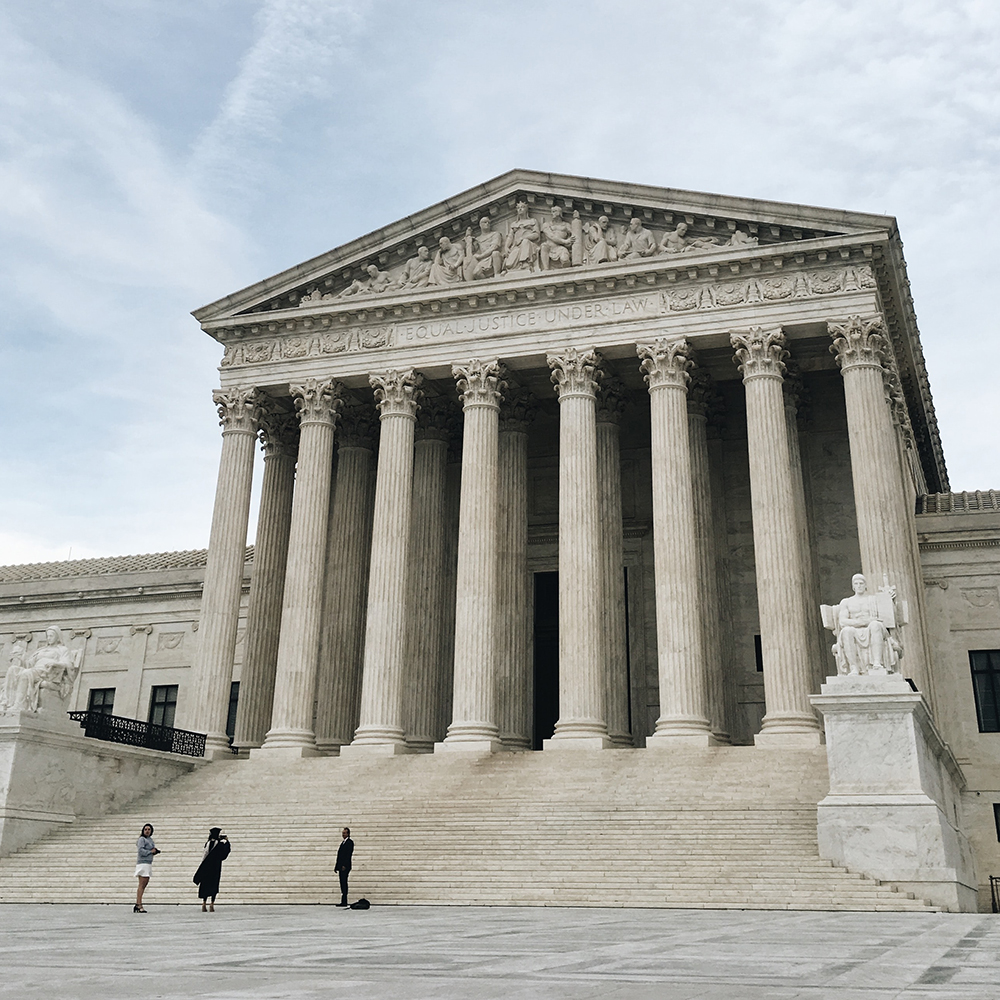No city can possibly express its character – the many urban quirks and idiosyncrasies, as well as the strangely appealing grittiness and shining luxury that often coexist side-by-side – when government planners use the bulldozer to “improve” cities.
Writing about the “wave of urban renewal that swept the world in the 20th century (that) gave us inner-city highways, modernist downtown malls and high-rise housing projects,” the Guardian’s Matthew Halliday noted that it also “destroyed countless fine-grained, human-scaled neighborhoods.” It’s one thing when market forces drive such change – but too often the eminent-domain power makes it too easy for urban planners to obliterate settled urban neighborhoods.
By exercising their powers of eminent domain, governments seize private property under the guise of converting it to public use. It is justified as an effective way to rid cities of urban blight, raise up affordable housing, build infrastructure, secure land for schools and develop commercial properties that are for the benefit of the “common good.”
The Constitution’s Fifth Amendment provision of “just compensation” requires the government to fairly repay the owners for their losses, but property owners rarely can stop the taking itself. Nor is that compensatory requirement a guarantee of market price – at least not without a costly legal battle.
Author James Bovard calls it “pervasive plundering,” which is not only a rhythmical alliteration, but a fitting description of a form of theft by government. Traditionally, the courts allowed cities to use eminent domain for truly public uses (i.e., government-owned properties and infrastructure), but a 2005 U.S. Supreme Court case gave them the OK to use it to benefit private entities – businesses that promised job creation, higher tax revenues and other “public benefits.”
Specifically, it became easier for governments to take private property for non-public uses after the 2005 Kelo v. New London case, in which the U.S. Supreme Court’s 5-4 decision validated the taking of Susette Kelo’s property. She was one of 14 holdouts who refused to hand over their land to the New London Development Corp. That’s the New London, Conn., redevelopment agency that the city empowered to clear away an old neighborhood to enable the Pfizer pharmaceutical company to build a research center and related projects on the site.
The agency took Kelo’s home (a little pink house) after the city determined that, “someone else could make better use of the land than the Fort Trumbull residents,” says the Institute for Justice, the libertarian legal outfit that represented Kelo and other property owners. The “court dramatically expanded the definition of ‘public use’ to include private economic development. In other words, local governments can condemn homes and businesses and transfer them to new owners if government officials think that the new owners will produce more taxes or jobs with the land.”
Former Supreme Court Justice Sandra Day O’Connor’s dissent in Kelo still rings true: “The beneficiaries are likely to be those citizens with disproportionate influence and power in the political process, including large corporations and development firms.” Not surprisingly, a subsequent IJ study found that the number of city takings exploded in the years following that ruling.
Here’s the other part of this sordid New London story: Once the Fort Trumbull neighborhood properties were seized, dozens of homes were cleared “to make room for a hotel, stores and condominiums,” The New York Times reported. But nothing ever was built, the land remains barren today, and the city is still abusing its powers. This example shows why the liberal use of eminent-domain powers leaves many cities sterile or pockmarked by vacant lots.
All across the country, government agencies have removed private homeowners from their properties – often in vibrant, close-knit neighborhoods. Sometimes planners target entire communities. Other times, they replace a handful of small businesses with big-box chains – sometimes at the behest of these national companies that threaten to take their tax revenue elsewhere if the city doesn’t secure a particular parcel.
California had its own ugly brand of eminent domain abuse, in the form of 400 redevelopment agencies (RDAs) that frequently seized property and floated public debt on behalf of politically favored developers. Formed in the 1940s to combat blight, these agencies morphed into a mechanism by which cities expanded their retail tax base. City council members even typically served as RDA board members. The result was a sea of corporate welfare and the diversion of resources away from actual public uses, such as education and public safety.
The courts rarely curbed these politically powerful agencies, but the state shut them down in 2012 as then-Gov. Jerry Brown sought to close a massive budget deficit. RDAs had been siphoning away a large portion of California property taxes. The state only modestly reined in cities’ eminent-domain powers following Kelo, but the demise of RDAs reduced their incentive to use it. That’s good news for anyone who cares about reinvigorating our cities.
Kerry Jackson is a fellow with the Center for California Reform at the Pacific Research Institute.

